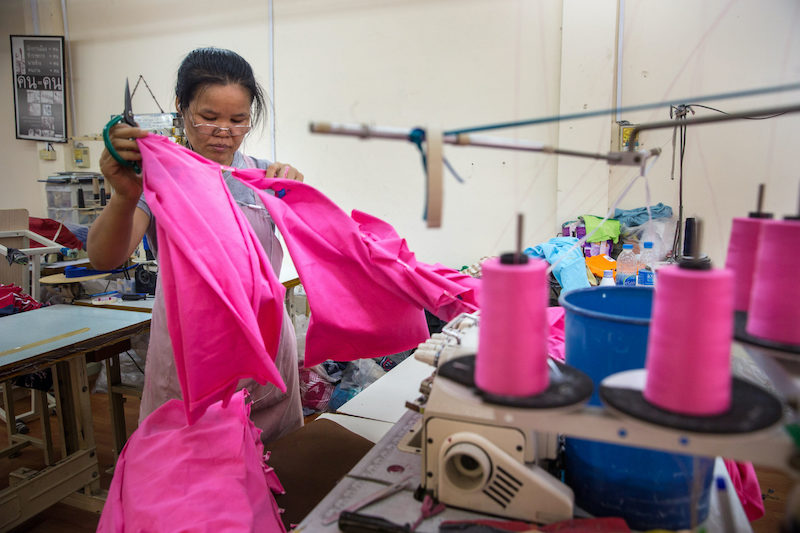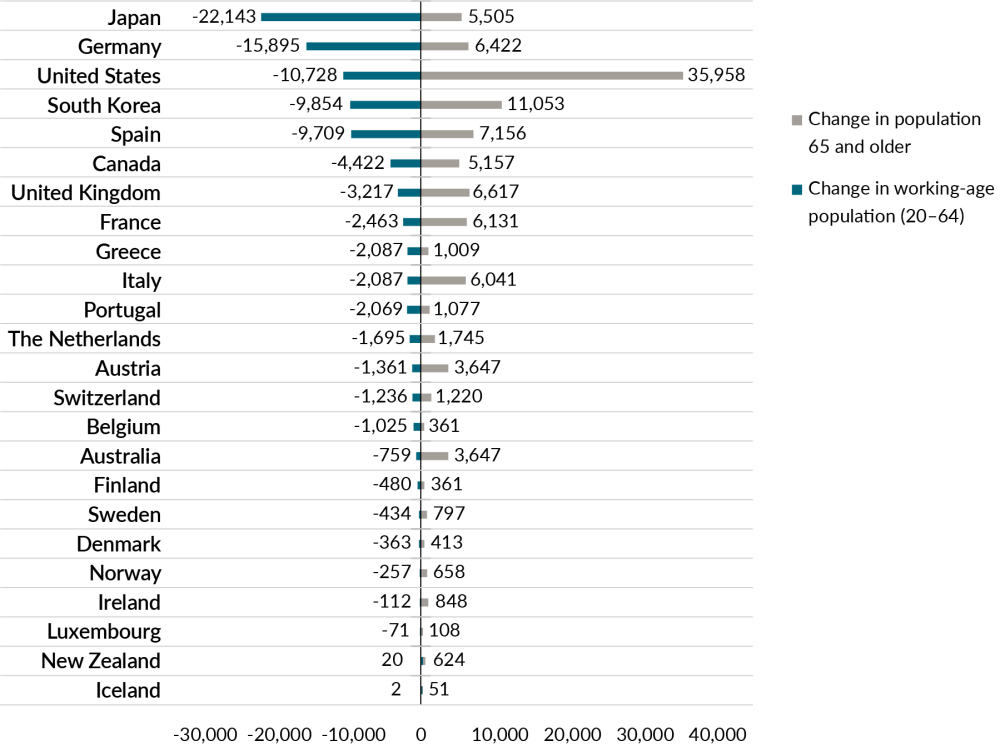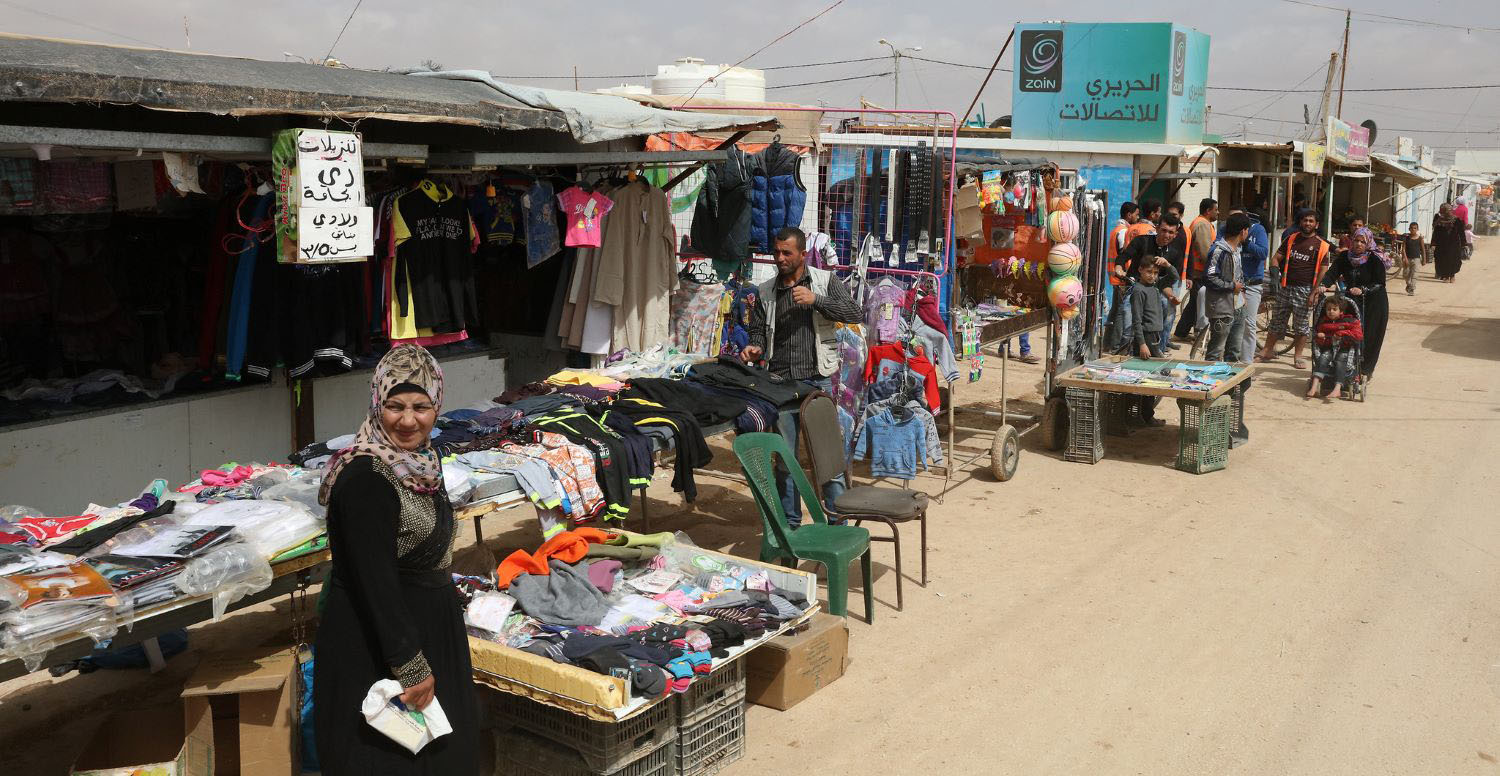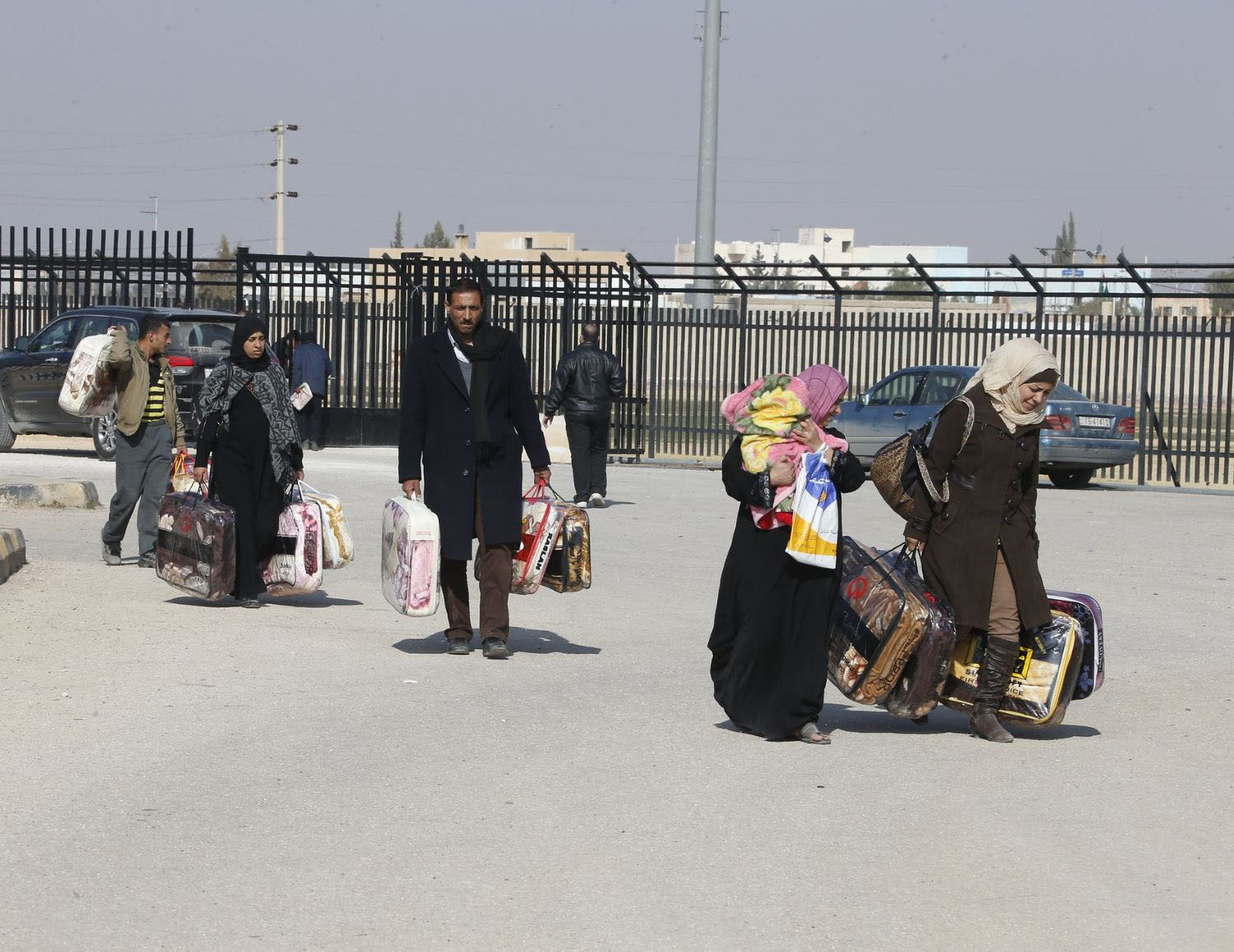Recommended
OECD countries face a growing elderly population and a shrinking working-age population, while low-income countries have working-age populations that are growing faster than jobs can absorb them. Labor mobility offers a solution, connecting potential migrants (who need jobs) to potential employers (who need workers). The Connecting International Labor Markets working group convened around the question of how to make this happen, resulting in a proposal for a new organization: Labor Mobility Partnerships (LaMP)
Last October, CGD’s Connecting International Labor Markets working group met for the first time in Dubai. A diverse group of government officials, private sector and employer representatives, “mobility industry" and migration researchers, advocates, and practitioners, the members came together around a shared understanding of the need for and benefits of labor mobility. Three difficult questions topped the agenda:
- What are the barriers currently preventing partners from unlocking needed labor mobility?
- What meaningful support could an external organization provide to remove the barriers?
- What would successful collective action on labor mobility look like?
Today we launch the working group’s final report, “Labor Mobility Partnerships: Expanding Opportunity with a Globally Mobile Workforce,” answering these questions.
Why do we need more workers to move?
The population of OECD countries is aging at the same their working-age population is shrinking. Without migration, by 2050, OECD countries will need 400 million more workers to maintain the working-age to elderly ratio that underpins their pension and health schemes. These demographics are relatively easy to reliably predict, and yet, to date, little is being done to prepare for this dramatic and unprecedented future.
Figure 1. Most OECD countries are facing a growing elderly population and a shrinking working-age population (absolute change in populations by 2050)
OECD countries are not likely to be able to meet their entire need for new workers by increasing birth rates. While COVID-19 has affected and will likely continue to affect employment levels in the near-term, it does little to change these underlying historic dynamics. The good news is that there is a ready and willing workforce; estimates project that there will be two billion new working-age people in low-income countries by 2050. Labor mobility offers a solution, connecting these potential migrants (who need jobs) to potential employers (who need workers).
How do we remove barriers?
Filling even a part of the high-income countries’ needs means a large increase in the number of foreign workers. Right now, there are only 119 million migrants from low-income countries living in high-income countries, far less than needed. Three sets of factors prevent actors from working together on labor mobility, despite the significant need.
- Political and reputational constraints among actors interested in forming a partnership on labor mobility. These are arguably the most binding constraints, and often relate to concerns around the domestic impact of migration, risks to the migrants, health (particularly in the COVID-19 era) and security concerns, and trust among all parties.
- Operational constraints which limit the ability of actors to successfully achieve and implement partnerships. Actors may lack awareness of their own needs, potential partners, and potential opportunities. They may not have the capacity to reach partners who might address these needs, or to implement labor mobility policies and programs.
- Financial constraints, either for the institutional set up or the ongoing costs of mobility.
How could a new organization address these barriers?
In exploring how these constraints could be overcome, the working group identified three functions an external organization could provide that would make it easier for partners to build a more mobile workforce in practice. These functions are not provided comprehensively to all needed actors by any organization within the migration space, leaving critical unanswered demand in an era when labor mobility is increasing and desperately needed. This support is even more critical in the COVID-19 era, as political and operational constraints have become even more binding than when the working group began its discussions. The functions are:
Labor mobility is a small and highly fragmented field. Brokering helps to:
- Expand the number and build the capacity of actors engaged in facilitating labor mobility;
- Identify opportunities for partnerships between governments, employers, and the mobility industry and bring these partners together; and
- Build a diverse community of practice across actors to foster opportunities for partnerships and ensure they have access to the most relevant, up-to-date research.
Labor mobility is a complex topic, with a limited and fragmented knowledge base on effective practice. Technical support targets constraints by:
- Providing an analytical framework for building labor mobility systems at needed scale;
- Providing technical and operational support on the design and implementation of partnerships; and
- Reducing political and reputational risks for partners by agreeing to pragmatic, operational standards for the treatment and protection of workers abroad.
While labor mobility is a powerful force for good, the public narrative surrounding it is often negative, fueling anti-immigrant sentiments and preventing partners from reaching agreements that would make all actors better off. Research and advocacy aim to:
- Generate evidence on the impact of labor mobility for employers, workers, and countries; and
- Change public perceptions and narratives around labor mobility by advocating based on this evidence.
These recommendations have directly informed the design of a new organization: Labor Mobility Partnerships (LaMP). LaMP’s overarching goal is to make it easier for its partners to build labor mobility systems at the needed scale, and thus unlock billions in income gains to people filling the needed jobs. It focuses on connecting governments, employers and sectors, the mobility industry, and researchers and advocates to bridge gaps in international labor markets, and creating and curating a repository of knowledge and resources to design and implement mobility partnerships which benefit all involved actors.
After incubating at CGD, LaMP is now fully up and running. Want to know more? Check out our website here or reach out to us at info@lampforum.org!
Disclaimer
CGD blog posts reflect the views of the authors, drawing on prior research and experience in their areas of expertise. CGD is a nonpartisan, independent organization and does not take institutional positions.
Image credit for social media/web: World Bank Photo Collection/Flickr








